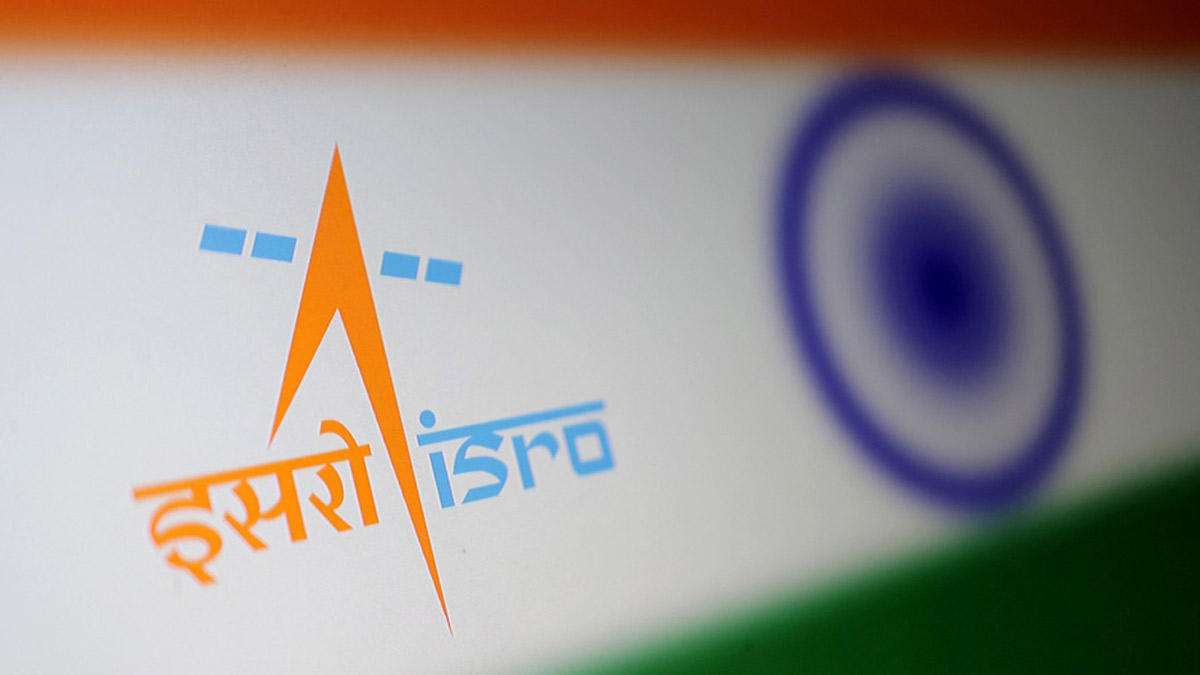CMS-02 satellite launch likely in November. Why this is a major upgrade for Indian Navy's operations, maritime defence

India is gearing up for an important space mission with the launch of the CMS-02 satellite (GSAT-7R), using the powerful LVM3-M5 rocket. The launch is expected to happen in the first week of November, with November 5 being the likely date. This mission by the Indian Space Research Organisation (ISRO) shows India's growing strength in space technology and its focus on national security.
The LVM3 rocket, India's heaviest launch vehicle, can carry up to 4,000 kg to space and has successfully launched missions like Chandrayaan-3 to the Moon. This will be its fifth operational flight, launching from the Satish Dhawan Space Centre in Sriharikota.
The CMS-02 satellite, funded by the defence ministry, is a dedicated military communication satellite made specially for the Indian Navy. Weighing about 2,650 kg, it will work from geostationary orbit, providing non-stop coverage over a large area. This satellite will replace the old GSAT-7, nicknamed Rukmini, which was launched in 2013 and has crossed its 10-year lifespan, continuing to serve the nation beyond its expected operational life.
The satellite, which costs around Rs 1,589 crore, uses multiple frequency bands, including UHF, S, C, and Ku bands, allowing it to send voice, video, and data. This will enable seamless communication between naval ships, submarines, and aircraft spread across the Indian Ocean Region, covering up to 2,000 km from India's coastline.
The importance of CMS-02 cannot be overstated for modern naval operations. In today's world, where information is crucial, reliable communication satellites are essential for coordinating forces, sharing intelligence, and responding quickly to threats. For India, which has the world's fourth-largest navy and faces challenges from countries like China in the Indian Ocean, CMS-02 is a major strategic upgrade.
"The satellite will support critical functions like surveillance, reconnaissance, navigation, and weather monitoring, all necessary for maintaining control over maritime areas. Its advanced features, including more powerful amplifiers and sensitive receivers, will provide better capacity and strong resistance to interference, ensuring communications stay reliable even in difficult conditions," explained space analyst Girish Linganna.
Space experts point out that for the Indian Navy, CMS-02 is particularly vital because naval operations cover vast ocean areas where traditional communication methods like radio waves can fail due to distance, bad weather, or enemy jamming. CMS-02 will provide secure, real-time links between warships, submarines, aircraft, and shore-based command centers. This means commanders can send orders, share radar information, or coordinate operations instantly without risk of interception. The satellite can support over 50 naval ships and aircraft at the same time, helping different branches of the armed forces work together smoothly.
During operations in the Arabian Sea or Bay of Bengal, or missions like anti-piracy patrols, disaster relief, or monitoring shipping lanes, this capability ensures quick decision-making and can save lives.
The Indian Ocean is a region of increasing geopolitical tensions, with growing submarine activity and trade routes carrying vital oil supplies. With Rukmini having crossed its 10-year designed lifespan and operating in extended service, CMS-02 prevents any gaps in coverage that could weaken naval readiness.
"When compared to global military communication satellites, CMS-02 is a strong, purpose-built solution for India's specific needs. The United States uses the Wideband Global SATCOM (WGS) network, a series of high-capacity satellites launched since 2007 that provide broadband communications to troops worldwide with anti-jamming features and very high data speeds. Similarly, the Mobile User Objective System (MUOS) provides voice and data for mobile forces with global coverage. China's Beidou system combines navigation and communication, while Russia's military satellites offer secure links for strategic operations. CMS-02, focused on the Indian Ocean region, is more specialised than these global networks but matches them in security features and multi-band operations. India's approach is also cost-effective, with CMS-02 costing less than many Western satellites while delivering comparable performance for naval tasks," added Linganna.
As the launch date approaches, preparations are moving ahead smoothly. Recent notices for the launch window from October 24 to November 5 confirm everything is on track. After the LVM3-M5 places CMS-02 into orbit, the satellite will undergo testing before becoming fully operational.
Experts say that this mission not only strengthens India's defence capabilities but also establishes ISRO as a major player in global space activities. The launch fits into India's broader plan for self-reliance in space technology under the Aatmanirbhar Bharat initiative, joining other defence satellites like GSAT-7A for the Air Force already in orbit.
In an era of complex security challenges, CMS-02 represents India's determination to protect its seas through advanced technology. As the satellite enters space, it will serve as a vital link for the Navy's forces across the vast Indian Ocean and will ensure security in strategically important waters.
Defence